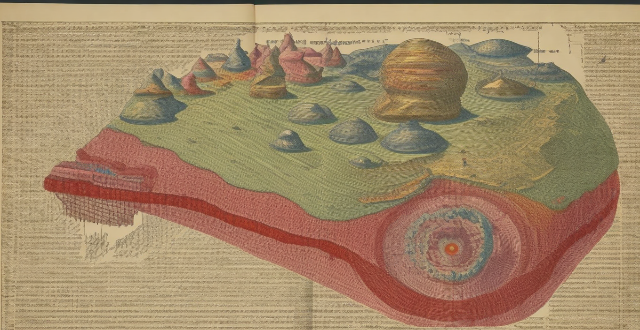This article explores the role of citizen science in enhancing biodiversity research and conservation efforts. It highlights how involving the general public in scientific projects can boost data collection, raise environmental awareness, and support conservation initiatives. The article also provides examples of successful citizen science projects that have contributed significantly to understanding and protecting biodiversity.

Citizen Science: A Powerful Ally in Biodiversity Research and Conservation
Citizen science, the practice of involving the general public in scientific research, has become an increasingly valuable tool in the fields of biodiversity research and conservation. By harnessing the collective effort of volunteers from all walks of life, citizen science projects can significantly contribute to our understanding of the natural world and help protect it for future generations. In this article, we will explore how citizen science can be leveraged to support biodiversity research and conservation efforts.
Enhancing Data Collection
One of the most significant contributions of citizen science is its ability to enhance data collection on a large scale. By engaging thousands of volunteers across various regions, citizen science projects can collect vast amounts of data that would otherwise be difficult or impossible for professional researchers to gather alone. This increased data collection capacity is particularly beneficial in the following areas:
- Species Identification: Volunteers can help identify and record sightings of different species, providing valuable information about their distribution and abundance.
- Habitat Monitoring: Citizen scientists can monitor changes in habitats over time, documenting factors such as vegetation growth, water quality, and soil conditions.
- Bird Counts: Projects like the Christmas Bird Count involve thousands of people counting birds in their local areas, providing long-term datasets that are crucial for understanding bird population trends.
Promoting Environmental Awareness
Another key benefit of citizen science is its ability to raise environmental awareness among the general public. By participating in citizen science projects, individuals gain a deeper understanding of the natural world and become more invested in its protection. This increased awareness can lead to positive behavioral changes, such as reduced resource consumption and increased support for conservation initiatives.
Supporting Conservation Efforts
Citizen science projects also play a vital role in supporting conservation efforts by providing essential data that inform decision-making processes. For example:
- Conservation Planning: Data collected through citizen science can help identify priority areas for conservation, guiding the allocation of resources and efforts toward the most critical habitats and species.
- Evaluating Conservation Outcomes: Citizen scientists can assist in monitoring the effectiveness of conservation interventions, such as habitat restoration projects or wildlife management strategies.
- Engaging Local Communities: Involving local communities in citizen science projects can foster a sense of ownership and responsibility for conservation efforts, leading to more sustainable outcomes.
Examples of Successful Citizen Science Projects in Biodiversity Research and Conservation
Several successful citizen science projects have made significant contributions to biodiversity research and conservation worldwide. Some notable examples include:
- eBird: A global platform where birdwatchers can submit observations of bird sightings, contributing to comprehensive datasets on bird distribution and abundance.
- iNaturalist: A social network for nature lovers where users can share photos of plants and animals, helping to document biodiversity at a local level.
- FrogWatch USA: A program focused on monitoring amphibian populations, which relies on volunteer observers to collect data on frog and toad species.
- The Great Sunflower Project: An initiative aimed at teaching children about pollinators by having them plant sunflowers and observe the insects that visit them.
Conclusion
Citizen science represents a powerful tool for advancing our understanding of biodiversity and supporting conservation efforts. By engaging members of the public in scientific research, we can not only enhance data collection but also promote environmental awareness and foster a sense of responsibility for protecting our natural world. As we face unprecedented threats to biodiversity, leveraging the collective power of citizen science becomes increasingly essential for ensuring a sustainable future for all life on Earth.